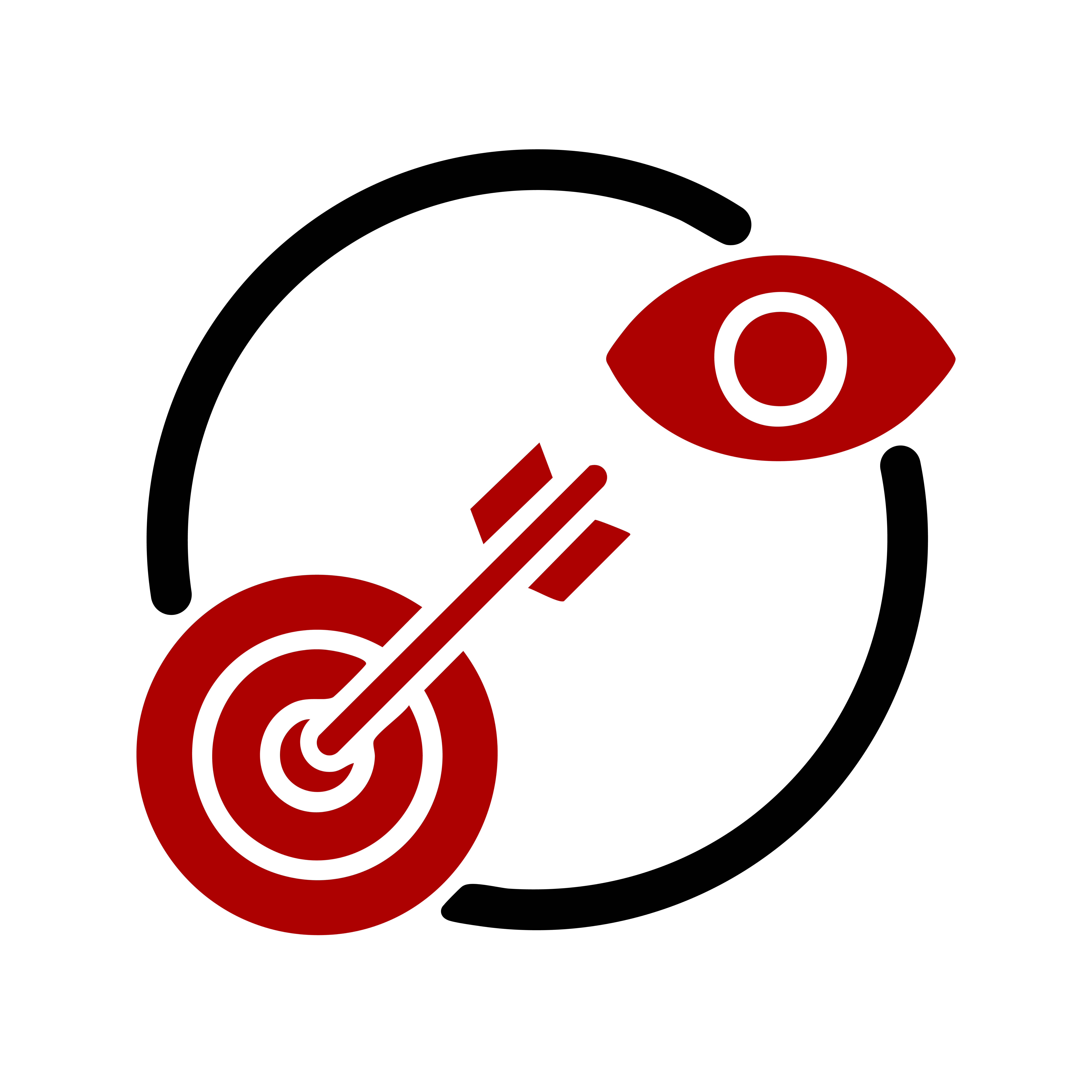Purchase Management
The Purchase module streamlines the procurement process for businesses, facilitating the ordering and purchasing of products required for production and sale. It automates various tasks, including supplier identification, price negotiation, purchase order awarding, and billing processes. The Purchase module is tightly integrated with inventory control and production planning modules, ensuring seamless coordination throughout the supply chain.
Module Highlights
- Vendor information storage: This involves storing information about vendors, such as their contact information, products or services, and pricing.
- Performance assessment: This involves tracking vendor performance and providing feedback to help them improve.
- Contract management: This involves creating and managing contracts with vendors.
- Communication tracking: This involves tracking communication with vendors to ensure that all communications are documented.
- Vendor collaboration: This involves providing tools and processes to help businesses collaborate with vendors.
- Vendor evaluation: This involves evaluating vendors to ensure that they are meeting the business’s needs.
The vendor management module can be used to improve the efficiency and effectiveness of vendor management by providing a systematic approach to storing vendor information, tracking vendor performance, managing contracts, tracking communication, collaborating with vendors, and evaluating vendors. This can help businesses to avoid costly problems and ensure that they are getting the best possible value from their vendors.
Here are some of the benefits of using the vendor management module in an ERP system:
- Improved efficiency: By automating tasks such as vendor onboarding and contract management, the vendor management module can help to improve efficiency.
- Reduced costs: By negotiating better prices with vendors, the vendor management module can help to reduce costs.
- Increased compliance: By ensuring that contracts are compliant with regulations, the vendor management module can help to improve compliance.
- Improved supplier relationships: By providing a platform for collaboration and communication, the vendor management module can help to improve supplier relationships.
- Improved decision-making: By providing insights into vendor performance, the vendor management module can help businesses make better decisions about their vendors.
- Purchase indent creation: This involves creating a purchase indent that specifies the items or materials that are being requested, the quantity of each item, and the reason for the request.
- Purchase indent approval: This involves routing the purchase indent for approval by the appropriate stakeholders.
- Purchase indent tracking: This involves tracking the status of purchase indents to ensure that they are processed in a timely manner.
- Purchase indent reporting: This involves generating reports that summarize the information in purchase indents.
The purchase indent module can be used to ensure the smooth and efficient procurement of materials and items by providing a systematic approach to creating, approving, tracking, and reporting on purchase indents. This can help businesses to avoid delays and ensure that they are always able to get the materials and items they need.
Here are some of the benefits of using the purchase indent module in an ERP system:
- Improved efficiency: By automating tasks such as purchase indent creation and approval, the purchase indent module can help to improve efficiency.
- Reduced costs: By streamlining the procurement process, the purchase indent module can help to reduce costs.
- Increased visibility: By providing visibility into the status of purchase indents, the purchase indent module can help to improve visibility.
- Improved compliance: By ensuring that purchase indents are compliant with regulations, the purchase indent module can help to improve compliance.
- Improved decision-making: By providing insights into the procurement process, the purchase indent module can help businesses make better decisions about their procurement.
- Purchase requisition slip creation: This involves creating a purchase requisition slip that specifies the items or materials that are being requested, the quantity of each item, the specifications, the delivery date, and any other specific requirements.
- Purchase requisition slip approval: This involves routing the purchase requisition slip for approval by the appropriate stakeholders.
- Purchase requisition slip tracking: This involves tracking the status of purchase requisition slips to ensure that they are processed in a timely manner.
- Purchase requisition slip reporting: This involves generating reports that summarize the information in purchase requisition slips.
The purchase requisition slip module can be used to ensure the smooth and efficient procurement of materials and items by providing a systematic approach to creating, approving, tracking, and reporting on purchase requisition slips. This can help businesses to avoid delays and ensure that they are always able to get the materials and items they need.
Here are some of the benefits of using the purchase requisition slip module in an ERP system:
- Improved efficiency: By automating tasks such as purchase requisition slip creation and approval, the purchase requisition slip module can help to improve efficiency.
- Reduced costs: By streamlining the procurement process, the purchase requisition slip module can help to reduce costs.
- Increased visibility: By providing visibility into the status of purchase requisition slips, the purchase requisition slip module can help to improve visibility.
- Improved compliance: By ensuring that purchase requisition slips are compliant with regulations, the purchase requisition slip module can help to improve compliance.
- Improved decision-making: By providing insights into the procurement process, the purchase requisition slip module can help businesses make better decisions about their procurement.
- Purchase order creation: This involves creating a purchase order that specifies the items or materials that are being ordered, the quantity of each item, the supplier, the prices, the payment terms, and the delivery instructions.
- Purchase order approval: This involves routing the purchase order for approval by the appropriate stakeholders.
- Purchase order tracking: This involves tracking the status of purchase orders to ensure that they are processed in a timely manner.
- Purchase order reporting: This involves generating reports that summarize the information in purchase orders.
The purchase order module can be used to ensure the smooth and efficient procurement of materials and items by providing a systematic approach to creating, approving, tracking, and reporting on purchase orders. This can help businesses to avoid delays and ensure that they are always able to get the materials and items they need.
Here are some of the benefits of using the purchase order module in an ERP system:
- Improved efficiency: By automating tasks such as purchase order creation and approval, the purchase order module can help to improve efficiency.
- Reduced costs: By streamlining the procurement process, the purchase order module can help to reduce costs.
- Increased visibility: By providing visibility into the status of purchase orders, the purchase order module can help to improve visibility.
- Improved compliance: By ensuring that purchase orders are compliant with regulations, the purchase order module can help to improve compliance.
- Improved decision-making: By providing insights into the procurement process, the purchase order module can help businesses make better decisions about their procurement.
- Purchase planning: This involves forecasting the demand for materials and items and developing a plan to meet that demand.
- Purchase scheduling: This involves scheduling the purchase of materials and items to ensure that they are available when they are needed.
- Lead time management: This involves managing the lead times for suppliers to ensure that materials and items are ordered in time to meet demand.
- Supplier availability management: This involves managing the availability of suppliers to ensure that materials and items can be purchased when they are needed.
- Production requirement management: This involves managing the production requirements to ensure that materials and items are available to meet production needs.
- Inventory level management: This involves managing the inventory levels of materials and items to ensure that there is enough on hand to meet demand, but not too much so that it becomes obsolete.
The purchase scheduling module can be used to ensure the smooth and efficient procurement of materials and items by providing a systematic approach to planning, scheduling, lead time management, supplier availability management, production requirement management, and inventory level management. This can help businesses to avoid delays and ensure that they are always able to get the materials and items they need.
Here are some of the benefits of using the purchase scheduling module in an ERP system:
- Improved efficiency: By automating tasks such as purchase planning and scheduling, the purchase scheduling module can help to improve efficiency.
- Reduced costs: By optimizing procurement timelines, the purchase scheduling module can help to reduce costs.
- Increased visibility: By providing visibility into the procurement process, the purchase scheduling module can help to improve visibility.
- Improved compliance: By ensuring that procurement is compliant with regulations, the purchase scheduling module can help to improve compliance.
- Improved decision-making: By providing insights into the procurement process, the purchase scheduling module can help businesses make better decisions about their procurement.
- Purchase bill creation: This involves creating a purchase bill that specifies the items or materials that have been purchased, the quantity of each item, the supplier, the prices, and the payment terms.
- Purchase bill matching: This involves matching the purchase bill with the goods that have been received to ensure that the correct items have been received and that the quantities are correct.
- Purchase bill approval: This involves approving the purchase bill to ensure that it is accurate and compliant with regulations.
- Purchase bill payment: This involves making the payment to the supplier for the goods that have been purchased.
- Purchase bill reporting: This involves generating reports that summarize the information in purchase bills.
The purchase bill book module can be used to ensure the smooth and efficient processing of purchase bills by providing a systematic approach to creating, matching, approving, paying, and reporting on purchase bills. This can help businesses to avoid errors and ensure that their financial records are accurate.
Here are some of the benefits of using the purchase bill book module in an ERP system:
- Improved accuracy: By automating tasks such as purchase bill creation and matching, the purchase bill book module can help to improve accuracy.
- Reduced costs: By streamlining the process of processing purchase bills, the purchase bill book module can help to reduce costs.
- Increased visibility: By providing visibility into the purchase bill process, the purchase bill book module can help to improve visibility.
- Improved compliance: By ensuring that purchase bills are compliant with regulations, the purchase bill book module can help to improve compliance.
- Improved decision-making: By providing insights into the purchase bill process, the purchase bill book module can help businesses make better decisions about their procurement.
- Purchase return creation: This involves creating a purchase return that specifies the items or materials that are being returned, the reason for the return, and the quantity of each item.
- Purchase return authorization: This involves obtaining authorization from the supplier for the return of the items.
- Purchase return processing: This involves processing the return of the items, including issuing a credit note or refund to the customer.
- Purchase return documentation: This involves generating the necessary documentation for the return of the items, such as a return slip or invoice.
- Purchase return communication: This involves communicating with the supplier about the return of the items, such as providing tracking information or resolving any issues.
The purchase return module can be used to ensure the smooth and efficient processing of purchase returns by providing a systematic approach to creating, authorizing, processing, documenting, and communicating about purchase returns. This can help businesses to avoid delays and ensure that they are able to get a refund or credit for the returned items.
Here are some of the benefits of using the purchase return module in an ERP system:
- Improved accuracy: By automating tasks such as purchase return creation and authorization, the purchase return module can help to improve accuracy.
- Reduced costs: By streamlining the process of processing purchase returns, the purchase return module can help to reduce costs.
- Increased visibility: By providing visibility into the purchase return process, the purchase return module can help to improve visibility.
- Improved compliance: By ensuring that purchase returns are compliant with regulations, the purchase return module can help to improve compliance.
- Improved customer satisfaction: By providing a smooth and efficient process for returning items, the purchase return module can help to improve customer satisfaction.
- Material requirements planning (MRP): This involves calculating the quantity and timing of material purchases based on sales forecasts, current inventory levels, lead times, and production schedules.
- Inventory optimization: This involves managing inventory levels to ensure that there is enough material on hand to meet production needs, but not too much so that it becomes obsolete.
- Just-in-time (JIT) inventory: This involves a philosophy of purchasing and producing materials only when they are needed, which can help to reduce costs and improve efficiency.
- Vendor-managed inventory (VMI): This involves the supplier taking responsibility for managing the inventory of materials, which can help to free up time and resources for businesses.
The purchase planning module can be used to ensure the smooth and efficient procurement of materials by providing a systematic approach to calculating material requirements, managing inventory levels, and implementing JIT or VMI strategies. This can help businesses to avoid stockouts and ensure that they are always able to meet production needs.
Here are some of the benefits of using the purchase planning module in an ERP system:
- Improved efficiency: By automating tasks such as MRP and inventory optimization, the purchase planning module can help to improve efficiency.
- Reduced costs: By optimizing inventory levels and using JIT or VMI strategies, the purchase planning module can help to reduce costs.
- Increased visibility: By providing visibility into the purchase planning process, the purchase planning module can help to improve visibility.
- Improved compliance: By ensuring that purchase planning is compliant with regulations, the purchase planning module can help to improve compliance.
- Improved customer satisfaction: By ensuring that there are no stockouts, the purchase planning module can help to improve customer satisfaction.
- Bill of materials (BOM): This is a list of all the materials and components required to produce a finished product.
- Production schedule: This is a plan that specifies the quantity of each product to be produced and when it is to be produced.
- Product specifications: This is a document that specifies the requirements for a product, such as its dimensions, materials, and quality standards.
The Computing Material Requirement module can be used to ensure the smooth and efficient procurement of materials by providing a systematic approach to calculating material requirements based on the BOM, production schedule, and product specifications. This can help businesses to avoid stockouts and ensure that they are always able to meet production needs.
Here are some of the benefits of using the Computing Material Requirement module in an ERP system:
- Improved efficiency: By automating tasks such as material requirement calculation, the Computing Material Requirement module can help to improve efficiency.
- Reduced costs: By optimizing inventory levels and ensuring timely procurement of materials, the Computing Material Requirement module can help to reduce costs.
- Increased visibility: By providing visibility into the material requirement calculation process, the Computing Material Requirement module can help to improve visibility.
- Improved compliance: By ensuring that material requirement calculation is compliant with regulations, the Computing Material Requirement module can help to improve compliance.
- Improved customer satisfaction: By ensuring that there are no stockouts, the Computing Material Requirement module can help to improve customer satisfaction.
Reports Generated by this Module
This report provides a detailed summary of purchases made for each item within a specified date range. It includes information such as item name, quantity purchased, purchase dates, and associated costs.
This report displays the purchases made from different suppliers or parties within a specified date range. It provides a consolidated view of the quantities, costs, and dates of purchases from each party.
This report summarizes all the purchases made within a specified date range. It includes details such as total purchase value, quantities, average prices, and other relevant information.
This report presents the details of rejected items categorized by part or party. It provides insights into the quantities, reasons for rejection, and associated parties involved.
This report provides a breakdown of purchases based on cost centers within the organization. It helps in analyzing and tracking the expenses incurred for each cost center.
This report displays the details of purchase requisitions, including the items requested, quantities, dates, and associated departments or users.
This report presents a price list for purchased items, categorized by part or party. It includes information on the effective purchase prices, enabling better negotiation and decision-making.
The Purchase Order Day Book report provides a chronological record of all purchase orders generated within a specific time period. It includes details such as order numbers, dates, items, quantities, and parties involved.
This report compares the planned purchase schedule with the actual supply received. It helps in assessing the adherence to planned schedules and identifying any deviations or delays.









